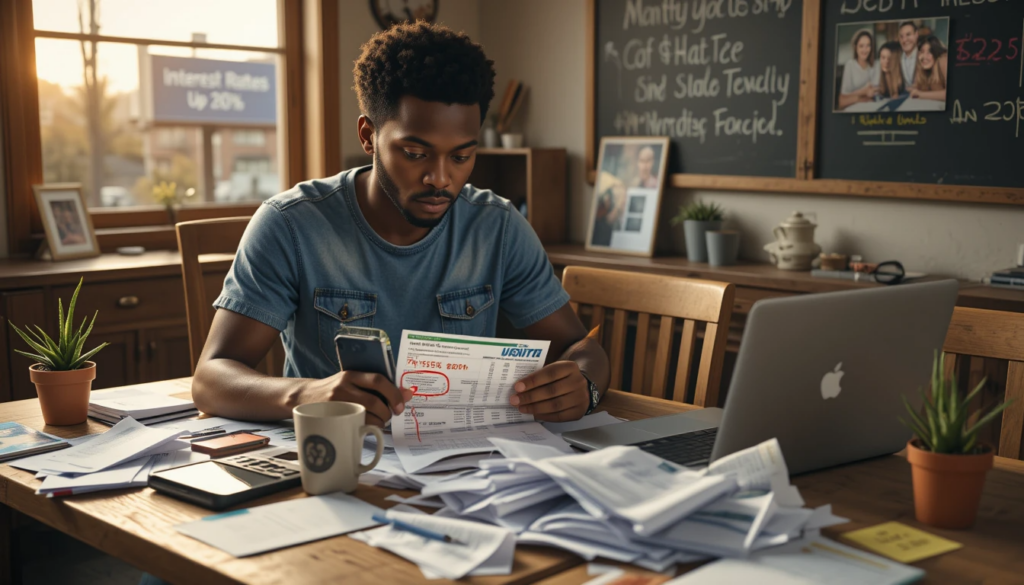In 2025, consumer debt overload has reached a breaking point. Record-high credit card balances and personal loans are drowning households as interest payments balloon, fueled by stubborn inflation and elevated rates. If you’re searching for “how to pay off credit card debt fast” or “high-interest relief,” here’s your roadmap to financial freedom.
Why Debt Is Spiraling Out of Control
The average credit card APR now exceeds 25%, turning even modest balances into long-term traps. Personal loan debt has also surged, with many borrowers using loans to cover essentials like healthcare or car repairs. This cycle leaves families juggling minimum payments while interest payments devour their budgets.
Step 1: Prioritize Your Debts
Use the “debt snowball” method (paying smallest debts first) for quick wins, or the “debt avalanche” (targeting high-interest debt) to save more long-term. Both strategies work—choose what motivates you.
Step 2: Slash Interest Rates
Call creditors to “negotiate credit card interest rates”—mention competitors’ offers or hardship programs. If denied, explore debt consolidation loans (fixed rates as low as 10%) or balance transfer cards with 0% intro APR periods.
Step 3: Avoid Bankruptcy
Debt management plans (DMPs) through nonprofits can reduce rates and waive fees, while debt settlement (negotiating lump-sum payoffs) may cut balances by 40-60%. Both hurt credit temporarily but avoid bankruptcy’s long-term stain.
Step 4: Prevent Relapse
Freeze discretionary spending and build a bare-bones budget. Allocate windfalls (tax refunds, bonuses) to debt. If rising interest rates persist, refinance variable-rate loans to fixed terms.
The Light at the End of the Tunnel
While consumer debt overload feels insurmountable, small, consistent actions compound. Track progress with apps, celebrate milestones, and seek accountability through debt-free communities.
Final Tip: If you’re drowning, talk to a credit counselor—many free services can help design a personalized debt crisis solution.



